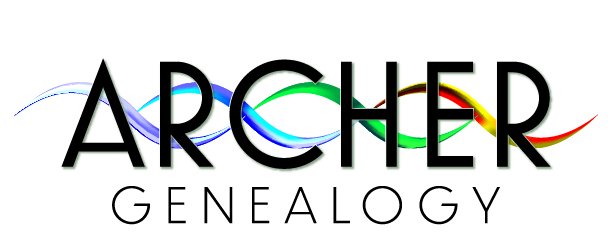The Tale of the Unscalable Logo
Your logo is gorgeous. It’s everything you wanted: It looks great on your business cards, engaging on your website, and people tell you how much they like it. It is fab-u-lous.
Then one day you need a banner for an event booth, branded bags, or any number of things. But, your logo doesn’t scale. Sometimes literally, sometimes figuratively, At worst, both!
The Literal Scale
Clients have come to us with a logo that was designed — by them or for them — and is a PNG or JPG, and it’s the only file they have. The problem with this is that unless that file is massive, it’s not going to cleanly scale larger. Certainly one can increase an image size in Adobe Photoshop and other image editing programs, but raster files like JPGs will start looking pixelated and blurry (see below) even with the best extrapolation. There is only so much that those programs can do.
The first logo is a JPG scaled from a smaller size. The second logo is a vector EPS file that can scale infinitely without detail loss.
If you have only a PNG, JPG, BMP, or some other raster file, not all is lost as most logos can be recreated in vector format for clean scaling. It takes time, but it’s also a great opportunity to clean up your logo a bit and define your brand’s color palette and fonts if you have not done so already.
The Figurative Scale
While literal unscalabilty can be remedied as mentioned above, the figurative scale hiccup is more problematic because it may mean that the logo needs to be redone or at least revamped. Do not panic.
A logo looks amazing during the development process, colorful and clean when printed full size on paper. Then. you add it to your email signature, pepper it around your website, and print it on your business cards. It’s solid.
A year later, you open a brick-and-mortar space and need a 3-foot wide by 2-foot tall sign to showcase your location.
Problems start to reveal themselves when you get the mock-up.
Your logo is more vertical than horizontal, your logo suite doesn’t have various logo orientations, so the best layout is with the logo as large as possible and your company name to the right in your brand’s font
Two other businesses share your location, the mock-up shows how your sign will look alongside the others
As part of the mock-up, there is a notation that people tend to drive by at 40 mph
Sadly, your logo doesn’t adapt well in this signage scenario.
Hard to Read?
If your company’s sign is tough to see in a photograph, someone in a car going 40 mph will never register your sign. Period.
As you review your upcoming calendar and identify how you will need to present your brand and its logo, you quickly realize that your logo will not work across all media, sizes, and orientations.
Remember when we said don’t panic? Just because your fabulous logo doesn’t read well on a sign from 25 feet away, or doesn’t work on your packaging because it’s too wide, you do not have to abandon all aspects of the brand.
Keep the colors. Maybe even the font still works if you explore faces within the font family. Your logo might need only a little rejiggering. Possibly just a new logo suite with your logo in several different orientations and layouts.
It’s important to remember that all branding challenges have solutions, so don’t despair.
If you need some help and a solution, send us a note at https://veraqua.com/contact or call us at (845) 734-3320.




